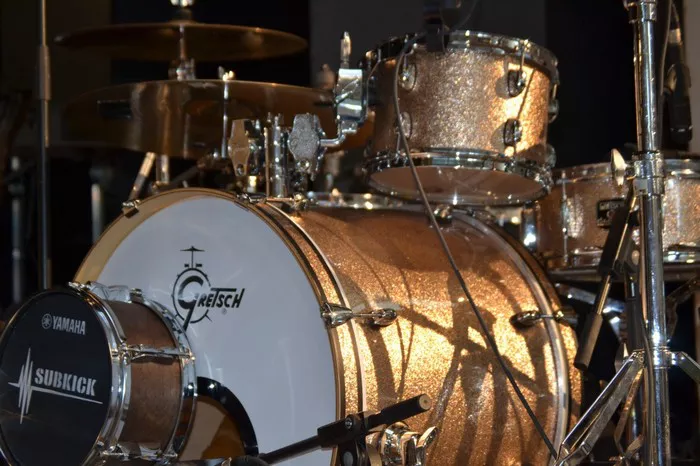The snare drum is a fundamental component of any percussion ensemble, providing the rhythmic backbone and adding dynamic flair to musical performances. Whether you’re a beginner or an experienced drummer looking to refine your skills, mastering the art of playing snare drum notes is essential for achieving precision and musicality. In this comprehensive guide, we’ll explore the techniques and exercises that will help you become a proficient snare drummer.
Understanding Snare Drum Notation:
Before delving into playing snare drum notes, it’s crucial to understand the notation commonly used in sheet music for percussion instruments. Snare drum notation is written on a five-line staff, and each line and space represents a specific drum or cymbal. The snare drum is typically represented by a note placed on the second space from the bottom.
Proper Grip and Drumstick Technique:
A solid foundation in grip and drumstick technique is the first step to mastering snare drum notes. Hold the drumsticks with a relaxed grip, allowing them to move freely in your hands. The most common grip for snare drumming is the matched grip, where both sticks are held similarly with the palms facing down. Ensure that your grip is balanced, avoiding excessive tension in your hands and fingers.
Basic Drumming Rudiments:
Rudiments are fundamental sticking patterns that serve as building blocks for more complex drumming patterns. Start by mastering basic rudiments such as the single stroke roll, double stroke roll, and paradiddle. These rudiments form the core of snare drumming and will help you develop control, speed, and endurance.
1. Single Stroke Roll: Alternate strokes between the right and left hands, creating a continuous and smooth roll.
2. Double Stroke Roll: Play two strokes with each hand consecutively, resulting in a faster and controlled roll.
3. Paradiddle: A four-note pattern (right, left, right, right or left, right, left, left) that enhances coordination and independence between your hands.
Dynamic Control and Articulation:
Snare drum notes are not just about hitting the drum; they involve nuanced dynamic control and articulation. Experiment with playing notes at varying volumes, from soft pianissimo to loud fortissimo. Practice accenting certain notes within a sequence to add emphasis and create musical expression. Developing dynamic control will allow you to convey the intended emotion and energy in your drumming.
Reading Drum Music Fluently:
To play snare drum notes with precision, it’s essential to read drum music fluently. Practice reading simple snare drum exercises and gradually progress to more complex pieces. Focus on recognizing patterns, understanding musical phrasing, and anticipating rhythmic changes. Consistent practice in reading drum music will enhance your ability to interpret and perform different compositions accurately.
Metronome Practice for Timing and Precision:
A metronome is an invaluable tool for any drummer seeking to improve timing and precision. Set the metronome to a comfortable tempo and practice playing snare drum notes in time with the clicks. Start at a slower pace and gradually increase the tempo as you become more comfortable. Metronome practice is essential for developing a solid sense of rhythm and maintaining consistency in your drumming.
Incorporating Flam and Drag Techniques:
Flams and drags are advanced techniques that add complexity and flair to snare drumming. A flam involves striking the drum with both sticks simultaneously, but with one stick slightly ahead of the other. Drags, on the other hand, require playing three quick strokes with one hand followed by a single stroke with the other. Integrating these techniques into your repertoire will elevate your snare drum playing to a more advanced level.
See Also: A Full Guide to Mastering the Tune Bot Drum Tuner
Conclusion:
Playing snare drum notes requires a combination of technical proficiency, musicality, and a disciplined practice routine. By mastering proper grip and drumstick technique, familiarizing yourself with drum notation, and incorporating rudiments and dynamic control into your practice, you’ll develop the skills needed to play the snare drum with precision and musical expression. Remember, consistent and focused practice is the key to becoming a proficient snare drummer. Embrace the journey, and enjoy the rhythmic artistry that the snare drum brings to your musical endeavors.


